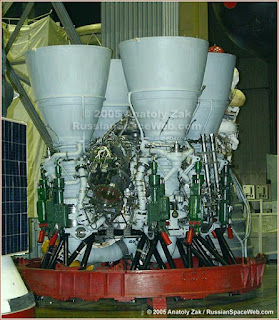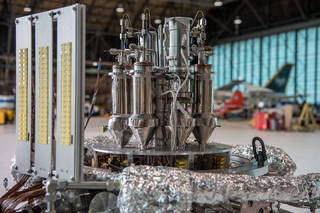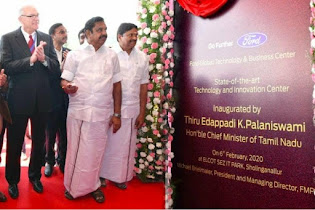The holy grail of chemical engines
Full Flow
Staged Combustion Engines
Ok so rocket engines are weird, the action of mixing fuel
and oxidiser is simple in theory but in practice its way more complicated. So
starting from the beginning the first rocket used to be solid rocket boosters
so fuel isn’t a big issue in them. The problem with solid rockets is that they
are not efficient enough, enters liquid fueled rockets. Liquid fueled rockets
are more efficient can carry more cargo up to higher speeds all good, the
problem is how do we pump the fuel.
So rocket engines need something to pump fuel and oxidiser
into the combustion chamber. At first engines were pressure fed basically the
pressure inside the fuel tanks will push the fuel in the engines. This was a
very simple system got the job done but as the fuel is kept under pressure the
skin of the rocket has to be very durable (and heavy) to hold it in which is
bad. Enter turbopumps, turbopumps are well pumps which pump the fuel in the
engine but it has to be powered somehow. This is were the complications begins,
there are a million different ways to power a turbopump if we talk about all of
them this blog would be a book. We are just going to talk about staged
combustion engines.
Staged Combustion Cycle engines are probably the most common
type of rocket engines. So the thing that happens in it is some of the fuel and
oxidiser is burned in a smaller combustion chamber (staged combustion) and the
hot gas is ran through a turbine which spines and powers the pump. Now the type
of staged combustion also has its types. The problem with staged combustion is
that we cant burn fuel and oxidiser in a stoichiometric ratio because it would
be too hot and burn the turbine, so we need to burn it in a fuel rich or oxygen
rich ratio. This is were the western and soviet space researches separate. The
western aerospace went with the fuel rich system because its easier on the turbine
and the soviets went with oxygen rich cycle which has some benefits we will
come back to that.
So the fuel rich turbopumps were good because the combustion
by product consists of CO2 and hot fuel both of which are non corrosive to the
turbine. It was a good system but the fuel rich cycle had a problem whatever
fuel and oxidiser that goes through the turbopump has to be dumped out of the
engine as it doesn’t has enough pressure to be pumped in the engine. So a
significant percent of the fuel is wasted out of the engine. It would be better
if we could somehow route the wasted fuel back into the engine.
Enters oxygen rich cycle engine, it’s the same thing as the fuel
rich cycle but the pre combustion by product are hot O2 and CO2. Technically
speaking hot oxygen is more corrosive to the turbopump turbine but it does
allows us to put the oxygen what would have been wasted to be put back into the
engine (actually there is no oxygen that is wasted the turbine is supplied by
the compressor or pump and the turbine exhaust is injected into the engine).
This is possible because the compressed fuel is used to cool the bell nozzle and
not compressed oxygen which would have been corrosive. This design allowed the
soviets to make the best engines for a long time. The RD-170 and RD-180
remained the most used engine by the whole world for a long time.
Also a point to note is that the soviet engines have 2 or
sometimes 4 nozzles for one engine, this is because it allows them to use
conventional fuel injectors which are very similar to injectors in cars and are
cheaper than the more advanced type of injectors used in western engines are very
difficult to build. Also these engines are fixed they don’t have any option of gimbal,
turning is achieved by off axis thrusters which can be fired when needed. Were
unique design definitely reduces cost and complexity.
Inspite of the near perfect efficiency achieved by the
oxygen cycle engines we can still do it better. In a staged combustion engine
the fuel pump, oxygen pump and the turbine are on the same shaft thus spinning
at the same speed, different fluids at different temperatures need to be compressed
by compressors spinning at different speeds. Another problem with have one
shaft is that the fuel and oxidiser and flow into each other which obviously
leads to catastrophic disassembly.
Enters Full Flow Staged Combustion engines it combines the
benefits of both the engines into one by having two different shafts one of
them runs oxygen rich cycle and the other one runs fuel rich. The fuel from
tank comes into the engine into the compressor then a small amount of
compressed oxygen is added and burned then the hot gas runs the turbine and
goes into the bell nozzle to cool it and then into the main combustion chamber.
The oxygen side of the engine follows the same route of the oxygen cycle engine.
This cycle gets through the problem of compressor efficiency by simply running
both the compressors at different speeds and also the chance of fuel and oxygen
mixing is non existent.
We hope to see the raptor or similar engines being put on a
reusable rocket and fly.






Comments
Post a Comment